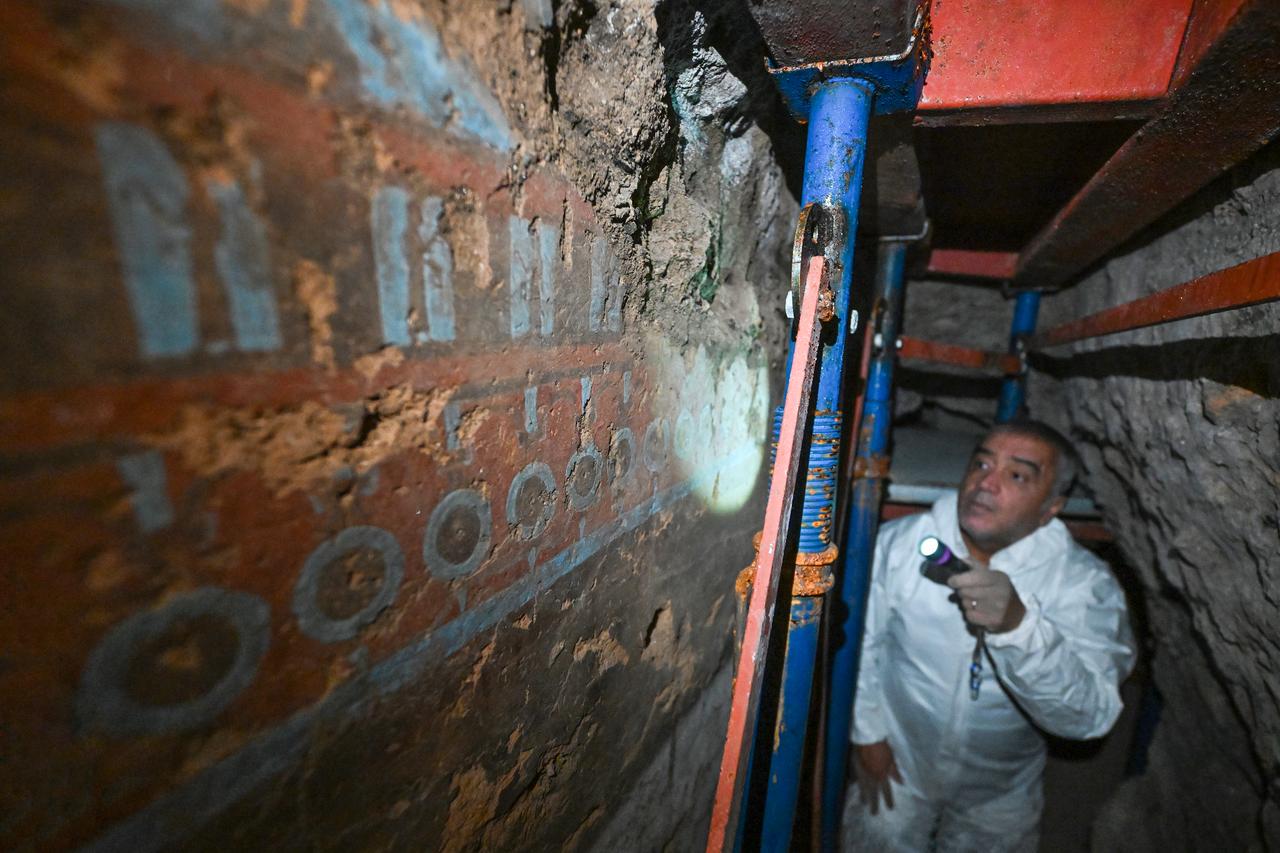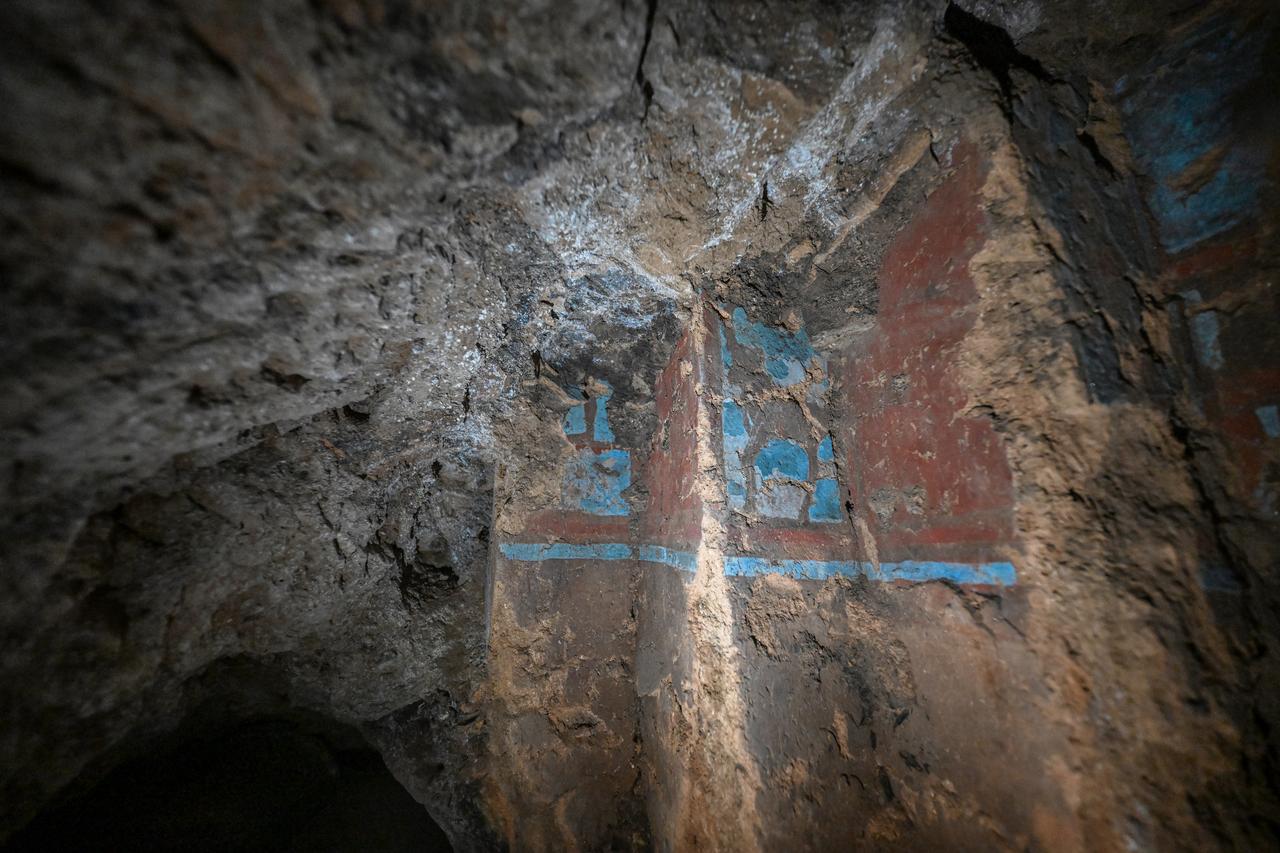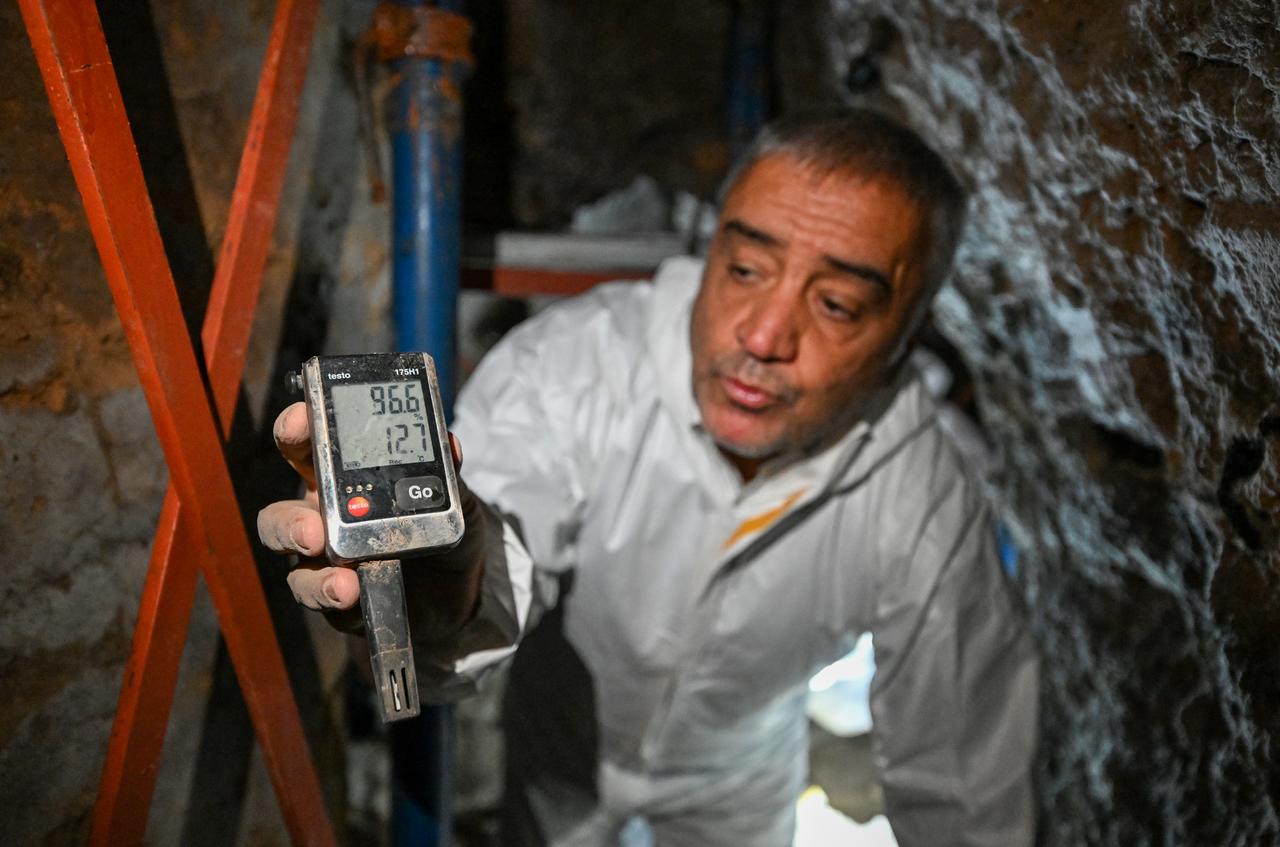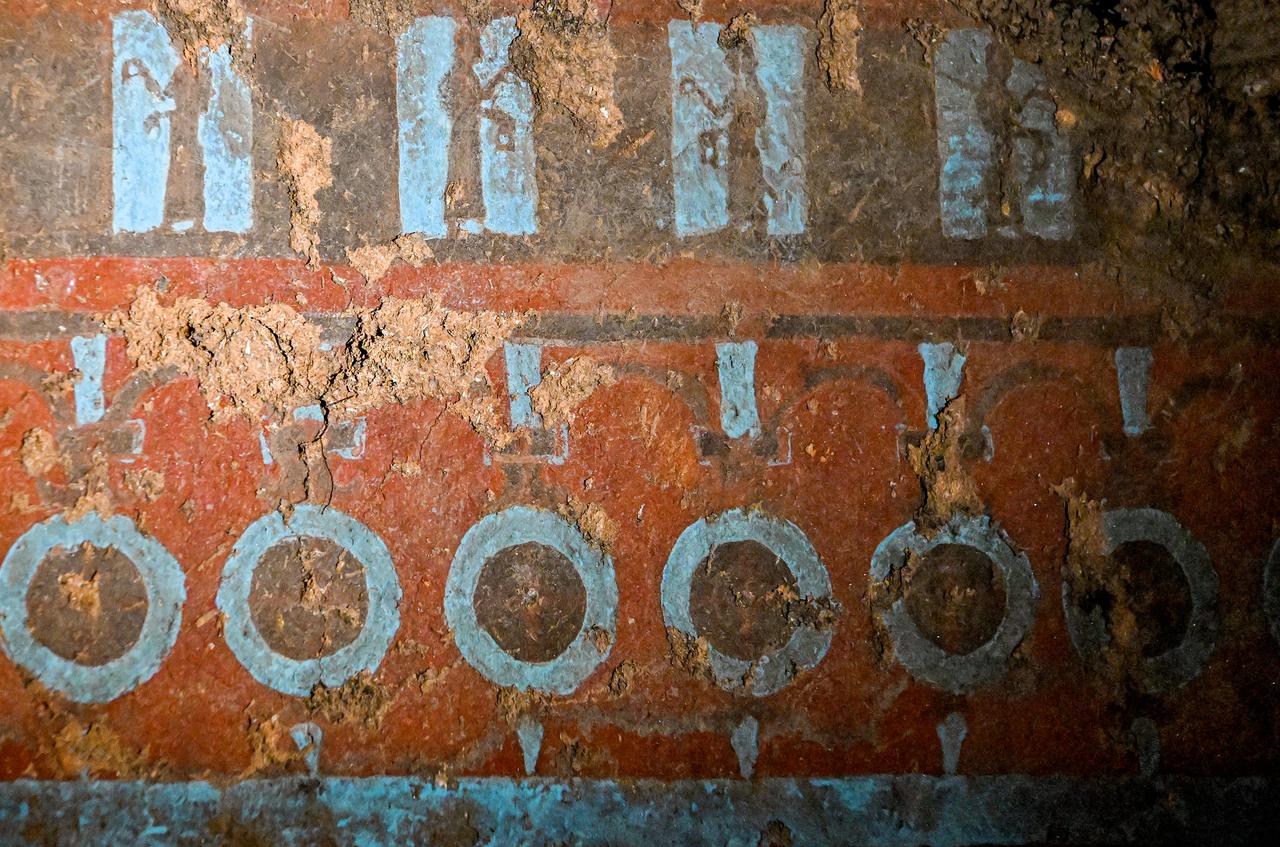
Van’s Tusba district in eastern Türkiye has taken special measures to safeguard what experts describe as the best-preserved Urartian wall paintings discovered to date, found inside a tunnel-like underground complex 6–7 meters below the surface near Garibin Tepe (Hill).

Archaeologists working with permission from the Ministry of Culture and Tourism located the complex through a small entrance and mapped multiple rooms linked by corridors.
The paintings, assessed to be roughly 3,000 years old, appear in three rows of divine, human, and animal figures along labyrinth-like walls. Because the walls are of mudbrick and the pigments are organic, the team says they are extremely delicate.

To prevent collapse, the ceiling has been stabilized with iron pillars. Entry requires protective clothing, and humidity is tracked with meters while specialists monitor bacterial conditions.
The aim, said project director Professor Mehmet Isikli of Ataturk University, is clear: “Our aim is to place the wall paintings under protection as soon as possible, bring them to light, and exhibit them as the cultural heritage of humanity.”
Security is continuous, with provincial gendarmerie units on site and cameras observing the area.

To keep water off the site, a large tent will be installed on the hilltop. The team notes that cutting off air contact is essential for any safe dig.
An initial 1,000-square-meter tent will be erected and completed in about a month, after which a controlled top-down opening will begin. Isikli said they have prepared emergency response infrastructure and will proceed gradually once protective conditions are in place.

According to the team, well-preserved Urartian wall paintings are extremely rare. Earlier notable finds in Türkiye include examples from Altintepe in Erzincan—some of which were taken to museums in the 1950s—while fragments seen at Arin Berd in Armenia are known to be post-Urartu.
Based on the limited scenes visible so far and comparisons with Altintepe, Isikli suggested that a monumental setting may lie ahead, adding that the paintings could belong to a ceremonial hall or part of a royal space.